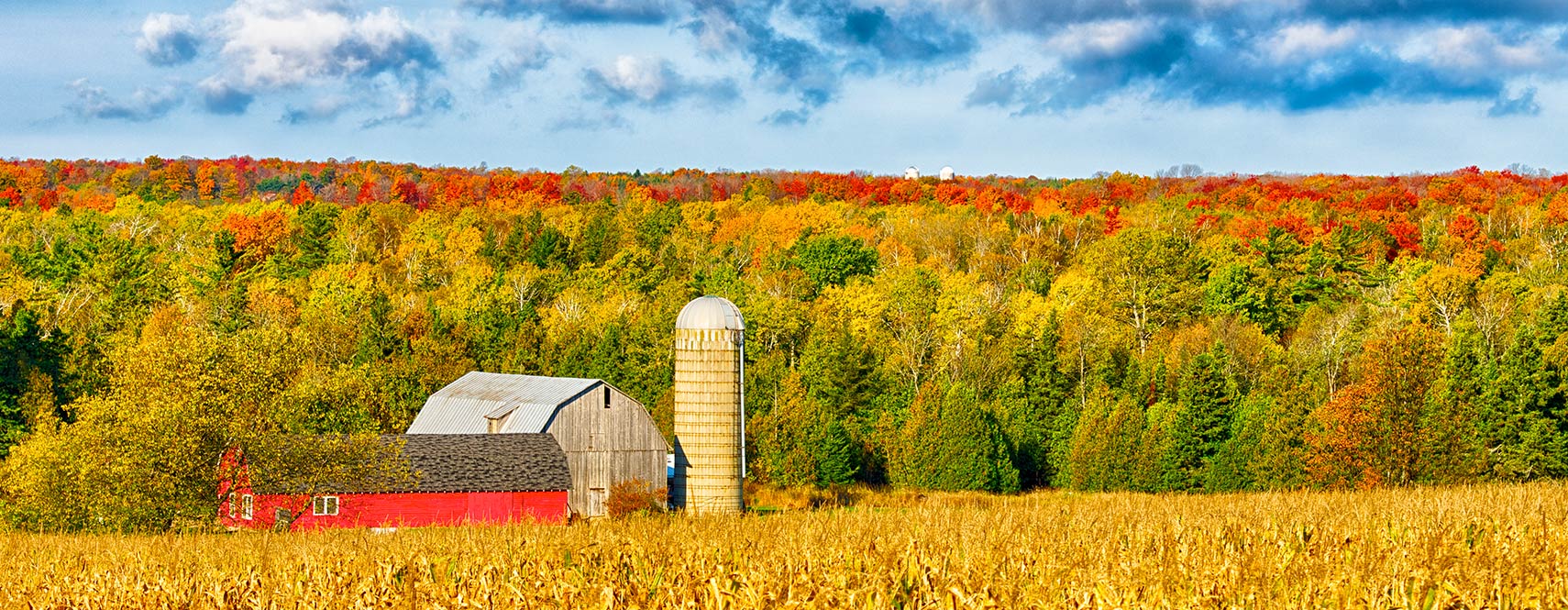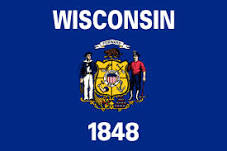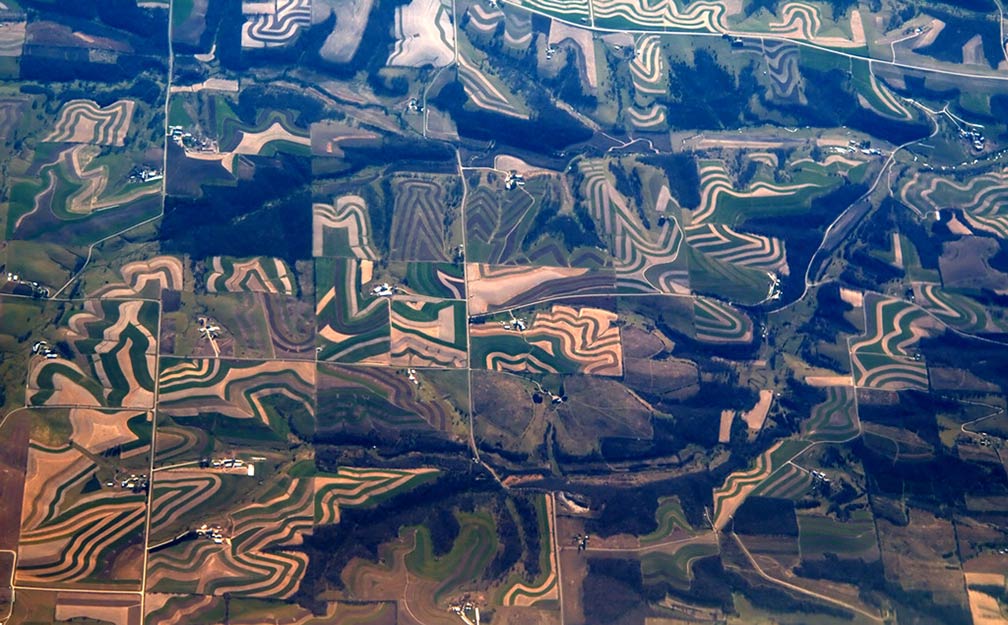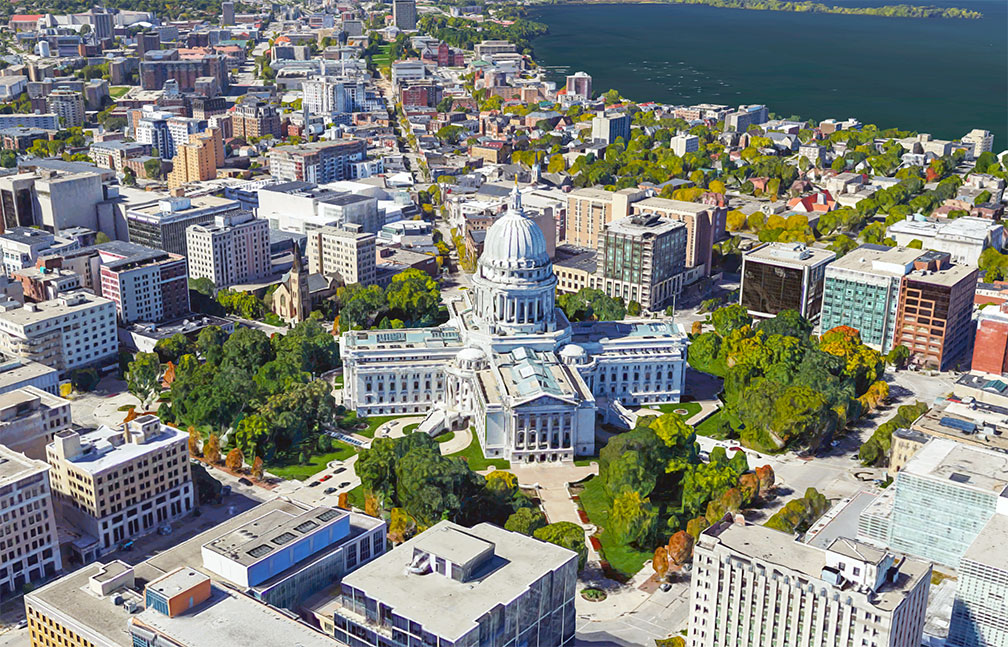Cities and Towns in Wisconsin
The map shows the location of following cities and towns in Wisconsin:
Capital city:
Madison (258,000)
Largest cities in Wisconsin state with a population of more than 70,000:
Milwaukee, (592,000), Green Bay (104,800), Kenosha (100,000), Racine (77,400), Appleton (74,500), and Waukesha (72,500)
Population figures est. 2018
Other cities and towns in Wisconsin:
Antigo, Ashland, Bayfield, Beaver Dam, Beloit, Black River Falls, Brule, Chippewa Falls, Crandon, De Pere, Dodgeville, Eagle River, Eau Claire, Fond du Lac, Fort Atkinson, Hayward, Hurley, Janesville, Kaukauna, Kewaunee, La Crosse, Manitowoc, Marinette, Marshfield, Menomonee Falls, Menomonie, Merrill, Monroe, Oconto, Ojibwa, Oshkosh, Osseo, Park Falls, Pembine, Platteville, Plymouth, Portage, Prairie du Chien, Rhinelander, Rice Lake, Richland Center, Shawano, Sheboygan, Sparta, Spooner, St Croix Falls, Stevens Point, Sturgeon Bay, Superior, Tomah, Tomahawk, Two Rivers, Viroqua, Watertown, Waupun, Wausau, Wauwatosa, West Allis, West Bend, Wisconsin Dells, and Wisconsin Rapids.




